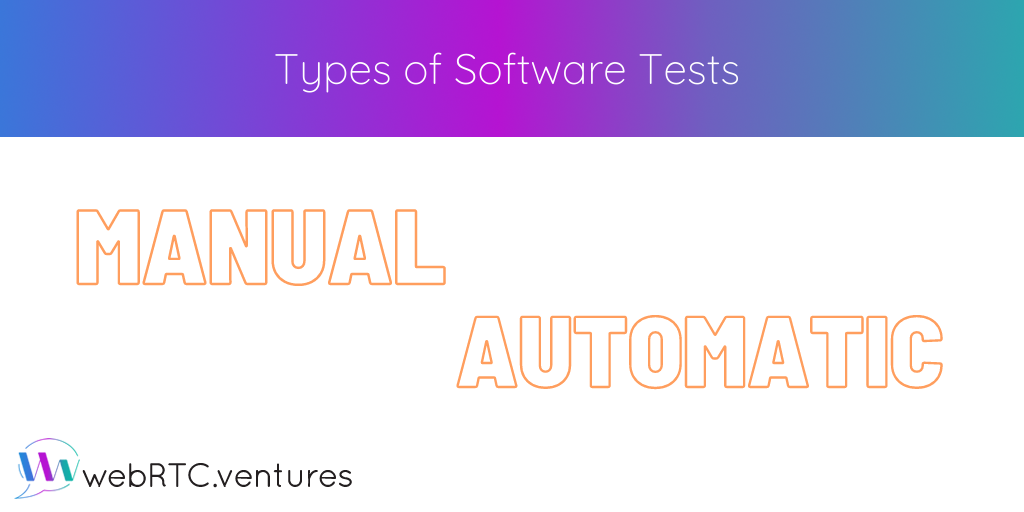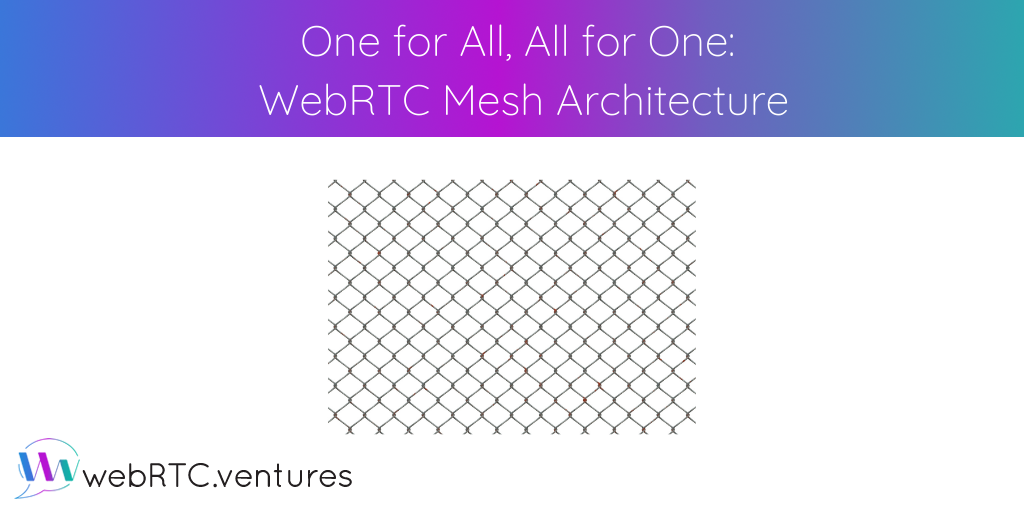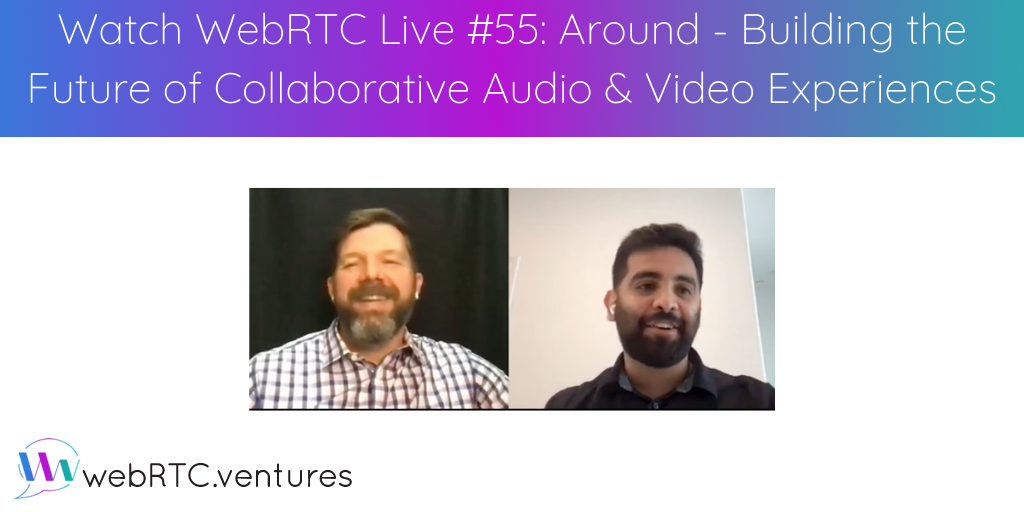
It may not sound comforting to know that there are people who spend 100% of their time finding mistakes in the work of others, but their work is absolutely indispensable. That is precisely the job of our QA team at the WebRTC.ventures testing laboratory in Panama City, Panama. Our Testing Manager, Rafael Amberths, discusses the role of the testing team and types of testing in the first of a three-part series.

Taking WebRTC Video calling to the next step involves providing more functionality and custom behavior to our video conferencing applications. We’ve experimented with using the HTML canvas to add more customization to our video calls, and we’ve found that gives us a lot of power. In this post, we look at leveraging the Vonage Video API with the power of HTML canvas to apply virtual backgrounds to our video calls.

There are a number of strategies available for enabling WebRTC multi-party connections. The most simple choice is Mesh. But only if you don’t need to support more than 3-5 users on the same call and you don’t want a server in the middle. Our DevOps Engineer, Hector Zelaya, explains.

For our 55th episode of WebRTC Live, Arin Sime was joined by Manik Sachdeva from Around. Manik provided insight into the features, talent, technologies, and tech stacks that Around is employing to keep us connected in the new normal of collaborative meetings and hybrid work environments. They discussed noise and echo suppression, audio-only meetings, latency, scaling, UI, load balancing, the decision to use Electron, Chromium, and Mediasoup, and much more. Watch it here!






